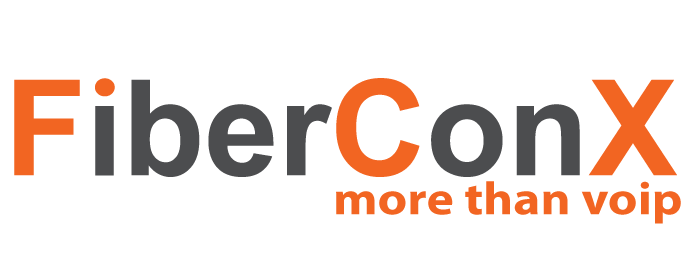The Compliance, Enforcement and Telecom Regulatory
Policy ‘CRTC 2018-484’ Explained
We live in a time where some of us get many phone calls from people trying to sell us things, or phone calls that have nothing to do with us. This problem has gotten so bad that some governments are starting to take action in an attempt to limit the amount of nuisance phone calls people are beginning to get. A Canadian commission was tasked with trying to solve these issues.
Network-Level Call Blocking
One potential solution to the problem is to have universal network-level call blocking. The Commission has been given this topic before. It has concluded that universal network-level call blocking would be a practical approach to this problem if it was possible to determine that the caller ID was, in fact, a nuisance call. There has been some backlash to this approach; however, these parties have not been able to provide sufficient evidence not to use this approach. The Commission agrees with Bell Canada and TCI about who is best at protecting the consumer. They have decided that the terminating service provider is in the best position to protect from nuisance phone calls. Not only is the terminating service provider in the best position, but they are also the ones with the greatest interest in protecting the consumer.
Mirrored Calls & Non-Conforming Numbers
Mirrored calling gives users the ability to call and text from different sources. Technology started using mirrored calls to provide consumers with these options. Some technologies that used this are the iWatch and home assistants such as Amazon’s Alexa. Since mirrored calls have become an increasing part of people’s lives, the Commission has decided that mirrored calls should not be part of the process in determining if a number should be blocked.
However, there are non-conforming numbers, which are different from mirrored calls. These numbers can be assumed to be nuisance calls. Non-conforming numbers are non-dialable, which is part of the reason they are being considered nuisance calls. The ability to block these numbers is essential in establishing a base level of protection against nuisance calls. While this approach will not block all nuisance calls, blocking non-conforming numbers will be able to provide all Canadians a minimal amount of protection from nuisance calls.
Opt-In Call Filtering
Call filtering provides users with the ability to block specific numbers based on criteria that they input. This gives users the ability to reduce the number of nuisance calls they receive because the number can be automatically blocked. Companies should provide their consumer with the ability to opt into these types of technologies at a known price. The Commission has even established that companies that provide the users the ability to call filters do not have to implement network-level call blocking. This is in part due to the Commission believing that call filtering is an effective tool that provides additional protection for consumers when it comes to blocking nuisance calls.
In conclusion, the Commission has established some key positions when it comes to reducing the number of nuisance calls citizens receive. For starters, the Commission found that network-level blocking should be used if the number exceeds 15 digits or the number is not dialable for calls initiated under the NANP. However, the Commission did recognize that these conditions do not apply to Canadian carriers and other TSPs that provide a call filtering service to its customers. However, the Commission did require that the carriers and TSPs that provide call filtering services report the services to the Commission. They must include a description of the service that is offered. Hopefully, these measures taken by the Commission will be an excellent starting point in helping customers reduce the number of nuisance calls they receive.
For more information on this or any other of our articles, contact us
By Phone
You can call us directly at any time by any of the phone numbers shown on our Contact Us page.
By Email
You can email us directly at any time by any of the email addresses shown on our Contact Us page..
Contact Form
You can reach us directly at any time by the completing the contact form on our Contact Us page.
